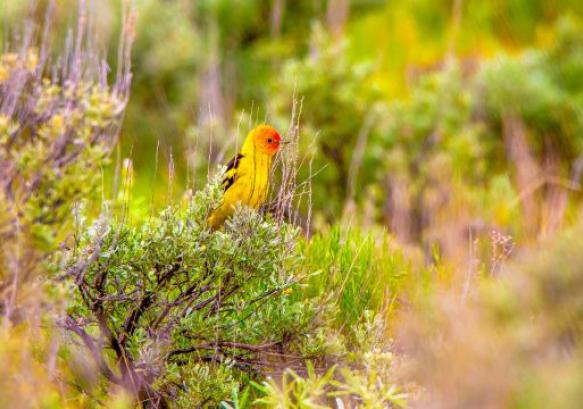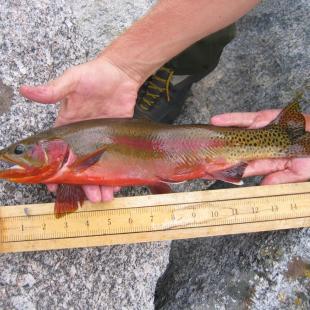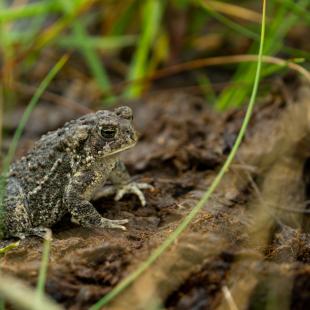The western tanager can often be seen in Wyoming during their breeding season and is a common summer resident. This strikingly beautiful bird has been observed in most parts of the state, with higher concentrations in the northwest.
Many bird watchers enjoy searching for this bird in Wyoming as they can sometimes be elusive. During the breeding season, western tanagers build their nests in coniferous forests and occasionally deciduous trees, making it difficult to spot them.
Adaptations
The western tanager has the ability to migrate extreme distances. They typically breed in the western states such as Wyoming and as far as Northwest Canada. During winter western tanagers have been observed in Southern California, Mexico, and Central America.
Behavior
Western tanagers are relatively solitary birds, aside from their breeding mate. They also occasionally travel in small groups while migrating. Western tanagers are known for their diurnal activity, foraging in canopies during daylight hours. However, like other songbirds they migrate at night.
Reproduction
Male and female western tanagers are monogamous, mating for life. During the months of May through July the female will spend a few days building the nest while the male stays close by keeping watch. The male will defend the nesting territory through vocalizations such as constant singing. The female will lay 3-5 eggs and incubate them for around 13 days. Once hatched, the male and female both provide food and care for their young. At around two weeks after hatching, the chicks are able to leave the nest.
Where to find and view
This vibrant colored bird can usually be seen throughout Wyoming mountains during spring and summer.












